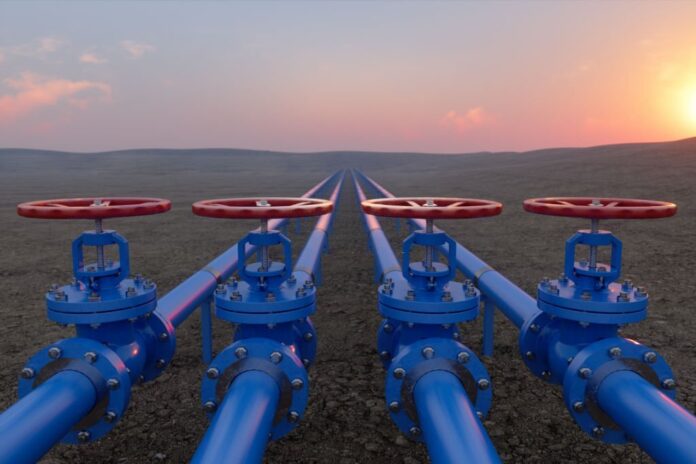The function of an automatic recirculation valve working in a minimum flow valve situation is an excellent one. The valve functions well within its required functions and also doubles as a protective layer for the pump. In a situation when you need a Centrifugal pump, it means you need to complex different types of liquid. What it means is there are different levels of thickness, boiling points, and melting points. That goes on to indicate that it is a complex mechanical system that the pump is trying to function within. Therefore, there are hundreds of issues that can go wrong with the pumping process. If you want to pump water at its highest temperature, for instance, you are talking of only a little over 100°c. That way, the pump will conveniently carry it. But some liquids have a boiling point that reaches up to 400°c in thermal conductivity. That way, the pump will need to work extra hard to pump those liquids around. As a result of the rigorous work, the centrifugal pump has a high chance of getting bad at any point. However, these pumps are usually protected by the type of valves in the mechanical system.
Don’t get it wrong; the main aim of the valve is not to protect your pump. There are other functions of the valve, but the most amazing is the protection it gives to the pump. If you are using the automatic recirculation valve, your centrifugal pump is mostly safe. However, the valve is also a device that is bound to get bad at times, especially if you are overusing the pumps more than usual. If you are using the automatic recirculation valve, there is a high chance that you will get used to it working. When this valve gets spoilt, it affects the whole pump. In this guide, we will explain the probable failures you can experience with an ARC valve.
Surging into the pumps
One of the main functions of the automatic recirculation valve is to protect the pumps from any form of damage. But the valve relies on the liquid to perform its function. So when there is no liquid in the system or the liquid is not enough, it will misbehave. The valve automatically reads these sensors, so when there is a problem with the liquid flow, the pump will accumulate pressure, which will lead to the impeller slowing down.
Recirculation occurring internally
As the name of the valve implies, recirculation is a situation when the liquid the pump is carrying goes back in the opposite direction. This situation is a tricky one because it is not easily noticeable. That is because it is only the smallest possible amount of liquid that is flowing through the system. In turn, it will reduce the pump’s pressure.
Rotor vibration
The arc valve aims to control fluids. So when there is a low flow of these fluids, there is a big problem. One problem that comes is the root vibration. When there is vibration along with the Rotor of the system, there are issues between the impeller and diffuser components.










